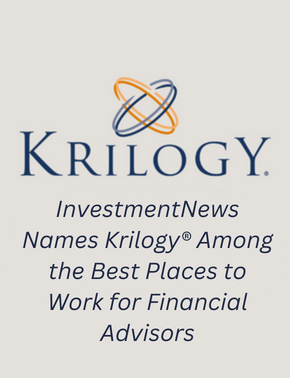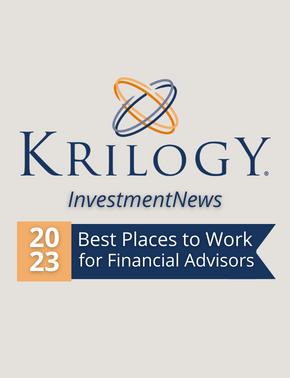New all-time highs for the S&P 500, so what’s next?
As we advance through the 3rd quarter of 2016, we have seen a broad-based consistency in returns amongst many asset classes this year, which starkly contrasts to what we, as investors, had experienced in 2015, when virtually nothing seemed to work. In a somewhat refreshing change, the historically higher beta categories within equities are outperforming at this latter part of the cycle, as small caps are outperforming large caps, and emerging markets are outperforming small caps. The S&P 500 has continued to grind higher in the face of pretty rich valuations (close to 19 times earnings, according to a recent measure by Blackrock)2 for a number of reasons and while equities aren’t cheap, they still appear to be attractive relative to other investment asset classes. Some of the main drivers in what has seemed to be a continual bid to equites of late is a belief that the Federal Reserve will now be on hold for even a much longer time period, as the market is pricing a slim chance of an increase in Fed Funds through 2017, as of the beginning of July. This perceived prolonged pause is more in line with many global central banks that are actually still easing, as an unprecedented post-Brexit world is causing a lot of “wait and see” type of behavior. Easy monetary policy, an accommodative Fed, and eventual fiscal policy hopes has been, and continues to be, a tailwind for risk-assets, i.e. stocks. After the initial, short-lived Brexit fears subsided, both U.S. equities and fixed income (including treasuries, corporates, municipals and high yield bonds) have experienced solid gains as the U.S. appears to be relatively sheltered from much of the political and legal uncertainty that likely still lies ahead for the U.K. and European Union, as a whole. Earnings season has been another driver of the solid equity performance of late. About a fourth of the way through Q2 earnings, roughly 68% of companies have exceeded earnings and 57% have exceeded revenue expectations, according to Pacific Global Investment Management.3 Further, the sector that has recently been the biggest detractor to overall S&P 500 earnings, energy, should firm up going forward with the recent strength and stabilization in the price of oil. And while solid earnings has been nice to see, it doesn’t stop there, as we’ve also seen strength out of housing starts, existing home sales, and retail sales.
While we believe the volatility related to the post-Brexit vote and uncertainty that lies ahead for the U.K. and Eurozone region are likely not over, or have not even really begun, the main catalysts for this continued rally appear to remain in place. Higher price to earnings multiples are being driven by low bond yields globally and relatively tame inflation as the “safety” trade has sent bond prices higher, while lowering yields to historically low levels. 10 year bond yields in Germany and Japan, have recently been negative, which equates to paying the government money to get your money back in 10 years. Not quite the ideal outcome the average investor is looking for as one assesses where to deploy capital. Relatedly, Blackrock and Alliance Bernstein4 have recently published forward looking outlooks that have a much more subdued forecast of expected returns within equity and fixed income markets. Specifically, expected returns for U.S. Investment grade bonds range between 1.5% and 2.6% on a five year forward looking basis. For U.S. large cap equity, expected returns on a five year basis have a projected range between 4% and 6% on an annualized basis. These, of course, are not numbers that investors are used to experiencing in the earlier stages of this economic and market cycle, but the S&P 500 is up over 200% from the beginning of this cycle, while bonds have benefitted from multiple decades of generally declining rates.
From the risk side of the spectrum, historical high policy uncertainty has been associated with weaker capex growth and weaker economic growth in general. This reality could serve to be a Q3 headwind, as we approach the presidential election here in the U.S. and as the UK and Eurozone community works through the potential fallout of Brexit. According to the latest Duke University/CFO Magazine business outlook survey5 through Ned Davis Research, capital expenditure plans for the next 12 months is the weakest since Q3 of 2009. Other areas worth paying attention to include continued stabilization out of China, any change in monetary policy stance out of the Fed, and potential strength out of the U.S. dollar, which has recently been a headwind of earnings of U.S. corporations.
As is always the case, it’s a great exercise to step back and assess your short-term and long-term investment objectives and goals. By doing so, you’re able to confirm or adjust your risk tolerance and asset allocation, as needed, while working with your Krilogy advisor to stress-test your portfolio. These efforts will go a long way to providing the necessary peace of mind around your own financial plan.
2 Global Weekly Commentary by Blackrock, Richard Turnill – July 25, 2016
3 Pacific Global Investment Management Weekly recap – July 22, 2016
4 Silver Linings Equity Playbook Whitepaper, Alliance Bernstein – April 2016
Global Weekly Commentary by Blackrock, Richard Turnill – July 25, 2016
5 Ned Davis Research Economics publication – June 28, 2016



























